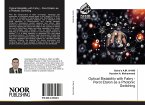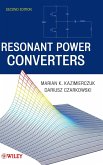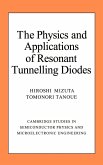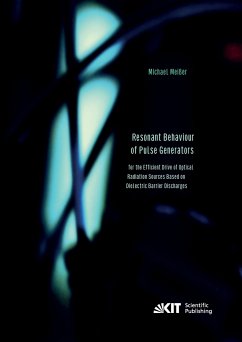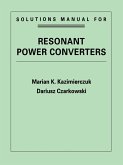Omni-resonant Fabry-Pérot (FP) cavities are a promising new approach to broadband solar energy harvesting. They can overcome the limitations of traditional resonant absorption schemes, which are typically narrowband and require precise matching between the cavity resonance and the wavelength of the incident light. In an omni-resonant FP cavity, the resonant bandwidth is broadened by carefully sculpting the spatio-temporal structure of the incident light. This can be done by using a light preconditioning system that introduces angular dispersion into the incident beam. When the angular dispersion of the incident light is equal in magnitude but opposite in sign to the angular dispersion of the cavity, all wavelengths within a selected band can resonate simultaneously. This results in continuous-wavelength coherent perfect absorption (CPA), which can significantly boost the external quantum efficiency (EQE) of solar cells. In a recent study, researchers demonstrated that a combination of CPA and omni-resonance can lead to a doubling of the photocurrent harvested in the near-infrared spectral range of 660-740 nm in a hydrogenated amorphous silicon (a-Si:H) PIN-diode solar cell. Omni-resonant FP cavities have several advantages over traditional resonant absorption schemes. First, they are broadband, meaning that they can absorb light over a wide range of wavelengths. Second, they are tolerant of misalignment, meaning that they do not require precise matching between the cavity resonance and the wavelength of the incident light. Third, they are scalable, meaning that they can be fabricated using standard thin-film deposition techniques. These advantages make omni-resonant FP cavities a promising candidate for use in next-generation solar cells. They could also be used in other applications where broadband resonant absorption is desired, such as optical sensors and optical filters.
Hinweis: Dieser Artikel kann nur an eine deutsche Lieferadresse ausgeliefert werden.
Hinweis: Dieser Artikel kann nur an eine deutsche Lieferadresse ausgeliefert werden.


